NEW DELHI—China’s recent annexation of 150 hectares of Nepalese land is a gesture aimed at teaching the country a lesson after its exporters complained about China’s stringent trade policies in early October, experts say.
“To me, it seems like China is trying to send in a message through this posturing that if you question us, we have the capability to ’teach a lesson,'” Manjari Singh, an associate fellow with the Center for Land Warfare Studies, a think tank of the Indian army, told The Epoch Times.
“One may recall that in early October, the Nepalese Exporter groups had raised a concern regarding failing of trade and hurdles in trading with China because of Beijing’s stringent policies.”
Nepali traders have been requesting that China allow the duty-free and quota-free export of more than 500 Nepali products, but in the early week of October, the Chinese side consented to only 188 items on the condition that their labeling be done in Chinese, which the Nepali traders said wasn’t workable.
“There was a realization that the Nepali exporters were not benefiting, and that way, the policies by Beijing are extractive. China has not allowed the export of 513 specified goods under the duty-free, quota-free provision, and therefore there is no comparative advantage for Nepal. Relaxations were made in nonessential items that don’t provide many dividends to Nepal,” said Singh, who is based in New Delhi.
“The Nepalese government sources mentioned in October that Nepalese edibles, meat, and other plant products were assured to get special consideration by Chinese. But that did not happen.”
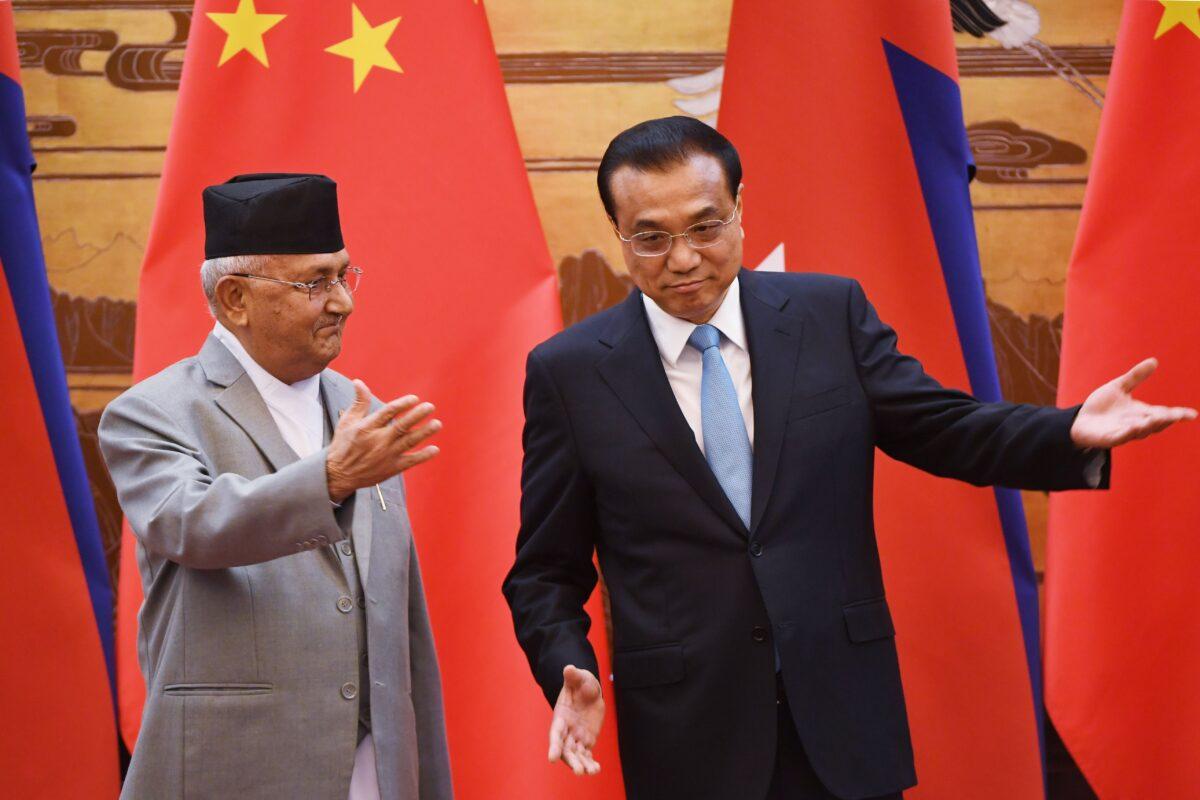
Land Grab
Soldiers of the People’s Liberation Army were reported to have crossed over the border in Limi Valley and Hilsa in the Humla District of Nepal and moved the border-demarcating stone pillars further inside Nepalese land, the UK-based Telegraph reported.Singh said the whole episode looks more like the Chinese showing their “might and prowess” than just annexing a piece of land.
The CCP’s Agenda
China’s activity on the Nepali border is part of a broader border strategy in South Asia and encompasses the CCP’s agenda to annex Nepal, according to experts.“The Himalayan borderlands of South Asia are beginning to see the fruition of linkages of China’s historical thinking and strategy, both politically and militarily. Today, China has galvanized the Chinese army along the entire Himalayan borderlands of South Asia,” Monika Chansoria, a senior fellow at The Japan Institute of International Affairs in Tokyo, told The Epoch Times in an email.
“This existential reality can be traced back to the era when Chairman Mao Zedong professed the ‘Five Fingers’ strategy following Tibet’s annexation, stating ‘Tibet is the palm, which we must occupy, then, we will go after the five fingers.’ The first among these fingers is Ladakh, followed by Nepal, Bhutan, Sikkim, and Arunachal Pradesh.”
Harsh Pant, a New Delhi-based strategic analyst with the Observer Research Foundation, told The Epoch Times that the annexation is part of China’s goal to acquire certain key areas in the Himalayas.
“So clearly there’s a strategic logic to the specific points, in particular, the specific areas that the Chinese are trying to bring under their control, and it is a gradual process and has been happening over a period of time,” Pant said.
“One building here, one move there, and then claiming that this is their territory. It’s a classic Chinese style of salami-slicing, and before anyone would know, most of this territory would be subsumed to the Chinese territory.”
Singh said that the Nepali opposition has been raising a voice against this land grab because it’s far from the first time China has annexed the Himalayan nation’s land. “Similar annexation plans were reported in May 2019 as well when China took control of some of the Nepalese villages,” she said.
Nepal’s ruling party has not pursued the issue because Oli doesn’t want to disturb his party’s close relationship with the CCP, according to Pant.
BRI and Land Grab
Singh said that the 150 hectares of land grab has a “strategic motive” to it and is a part of China’s “aggressive foreign policy” to construct the Belt and Road Initiative (BRI) in Nepal.“In May 2019, the Nepali Ministry of Agriculture claimed that, owing to the Chinese BRI project, about 36 hectares of Nepalese land in four of its districts bordering China were annexed by the CCP government under President Xi Jinping,” said Singh.
“Owing to failure in lobbying, Nepal did not that time raise its voice to the correct levels and again the annexation of 150 hectares means that more land grabbing is in the coming. This is a serious issue given that the Chinese media mouthpiece the Global Times claims that the news on annexation is fake. This denial only proves that a perception battle is being fought by China.”
Pant said that the Chinese have established “close economic ties, close investment ties, close infrastructure ties” with Nepal over the past few years, and Oli’s government doesn’t want to harm that.
“The opposition is obviously trying to raise it for predictable reasons that the opposition clearly wants to bring pressure on the Oli government on this issue,” he said.
Aiming at India
Ratnesh Dwivedi, an independent political analyst based in Uttar Pradesh, an Indian state on the border with Nepal, told The Epoch Times that China is using Nepal, which is a buffer state between India and China, to send a message to its chief rival in the region.“Ultimately the Chinese objective is not Nepal but India,” he said. India and China have been involved in an intense border conflict since June in Ladakh.
“China is trying to influence India through buffer states.”
Nepali President Bidya Devi Bhandari conferred the rank of honorary general on Indian Chief of Army Staff Gen. Manoj Mukund Naravane on Nov. 5.
Pant said that Nepal conferring the rank of honorary general on India’s chief of the army staff is a standard practice between the two countries and has nothing to do with what’s happening with the geopolitical relations in the region.
Singh said India should help Nepal in strategic lobbying, as India has also recently faced border intrusion by the Chinese.
“However, this should be done through Nepali intervention and not unilaterally. This is also the time when India should pitch in its much-touted cost-effective trade plan with Nepal,” she said.
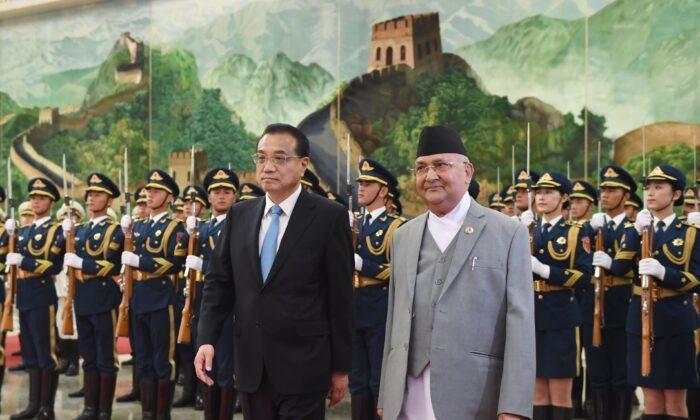

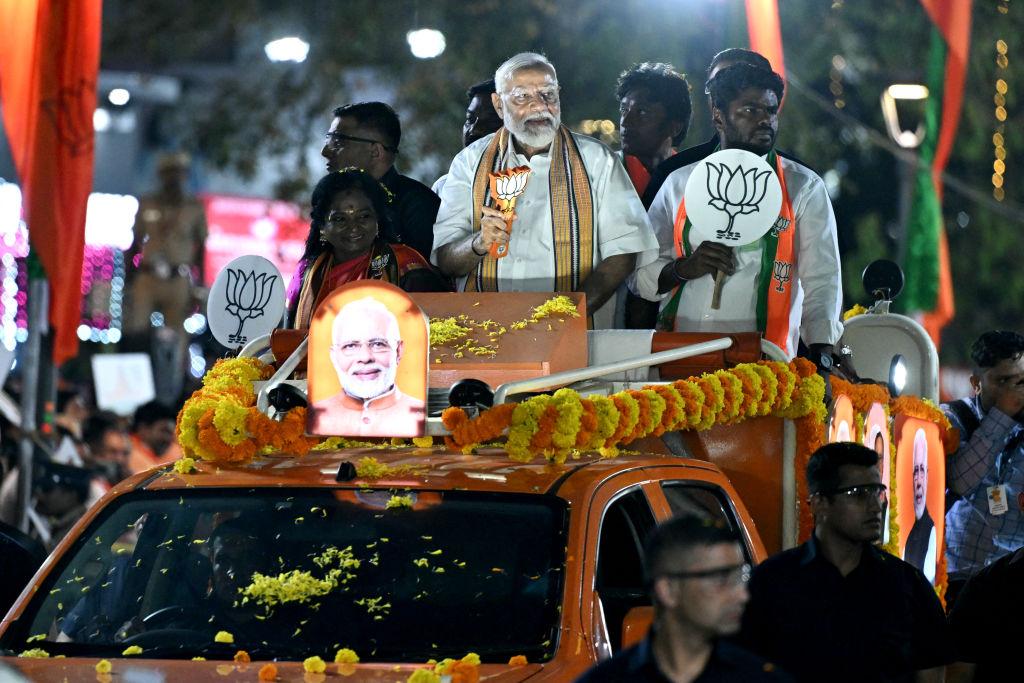

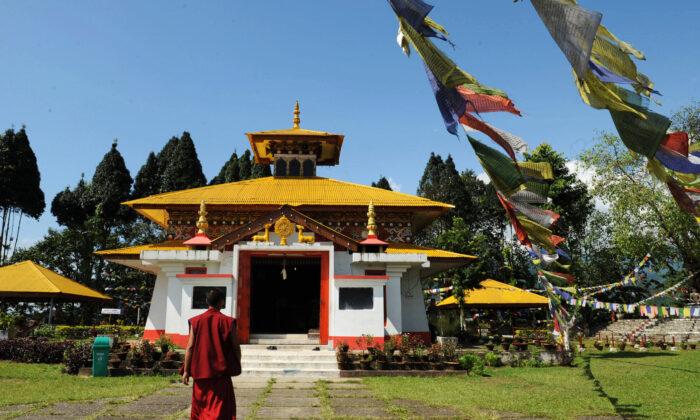
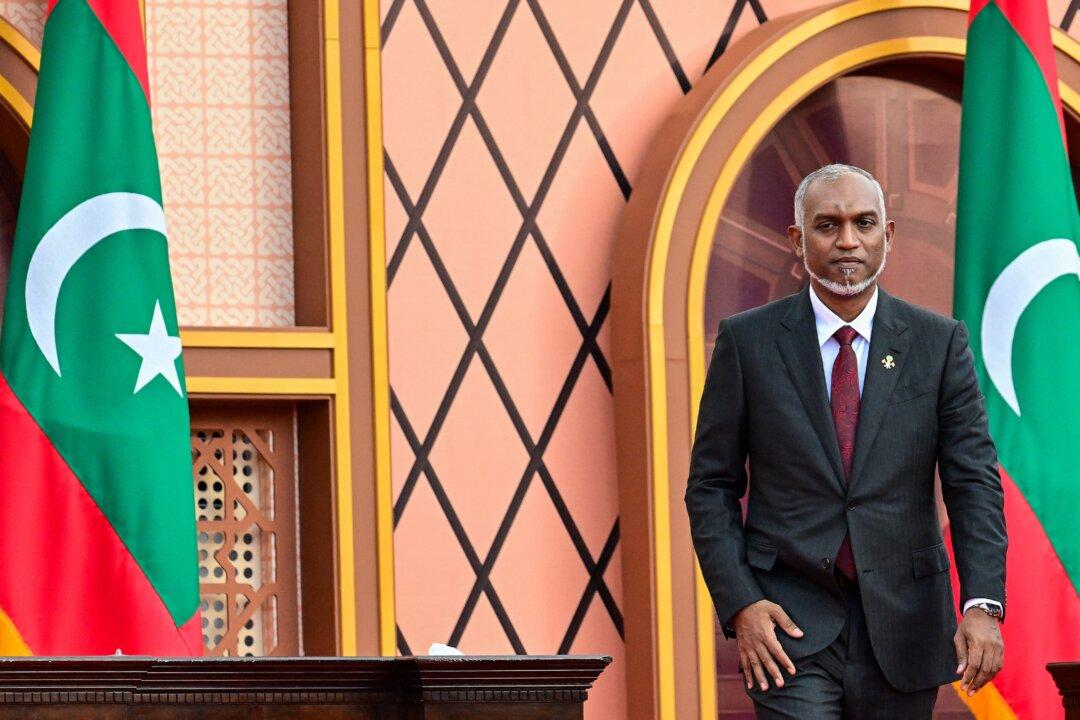
Friends Read Free